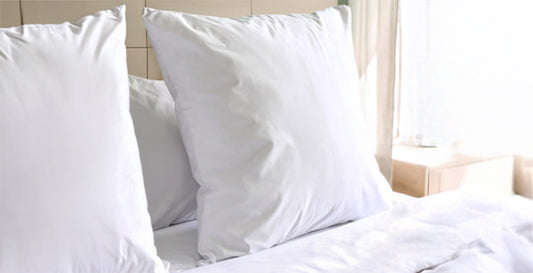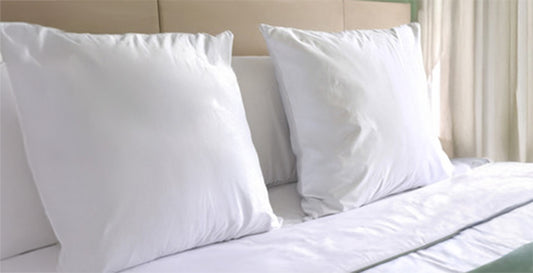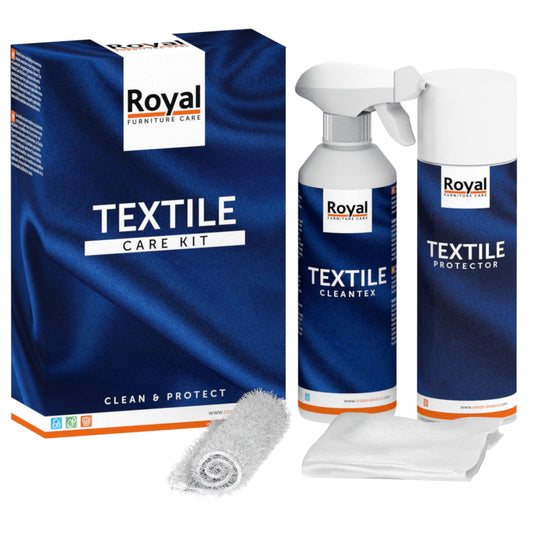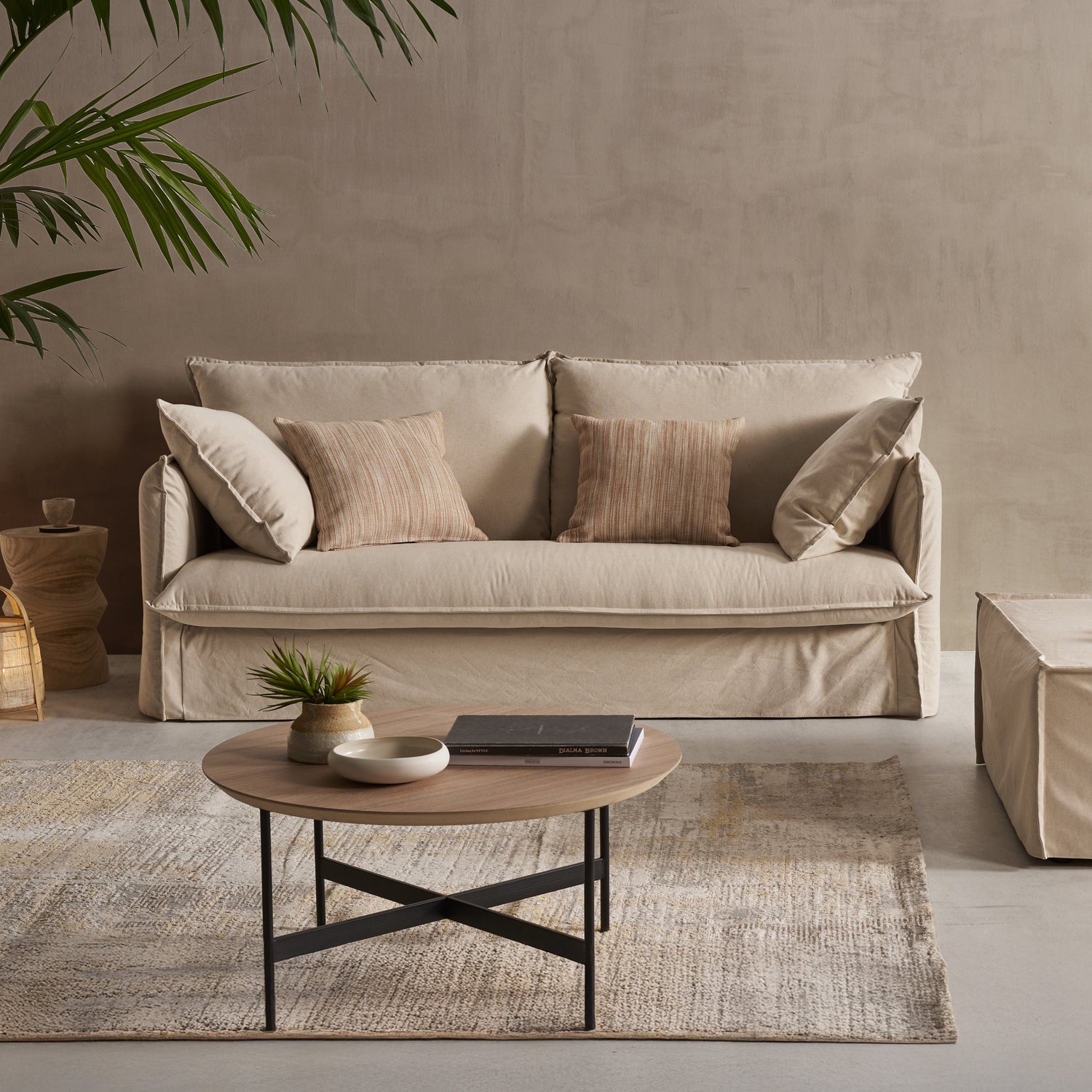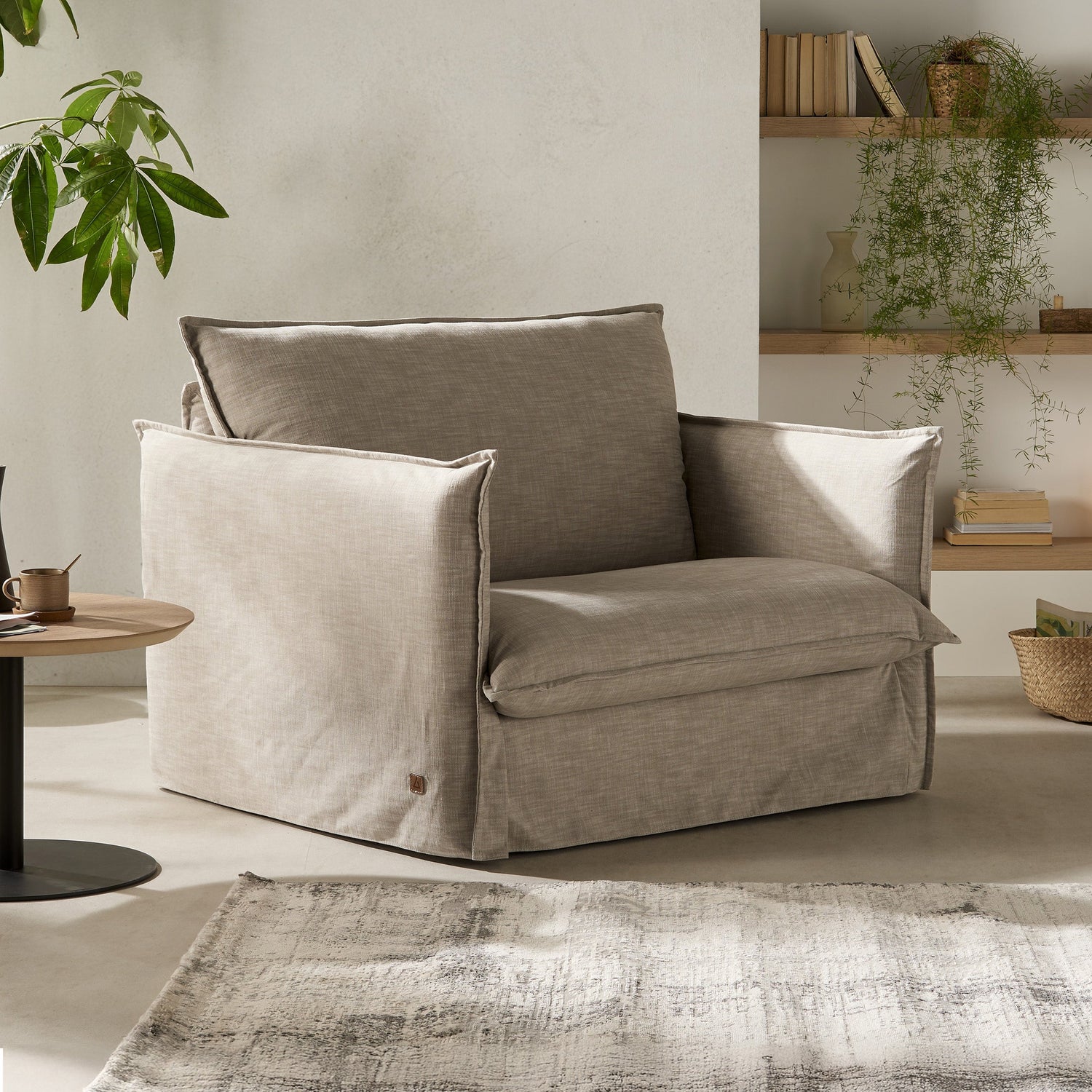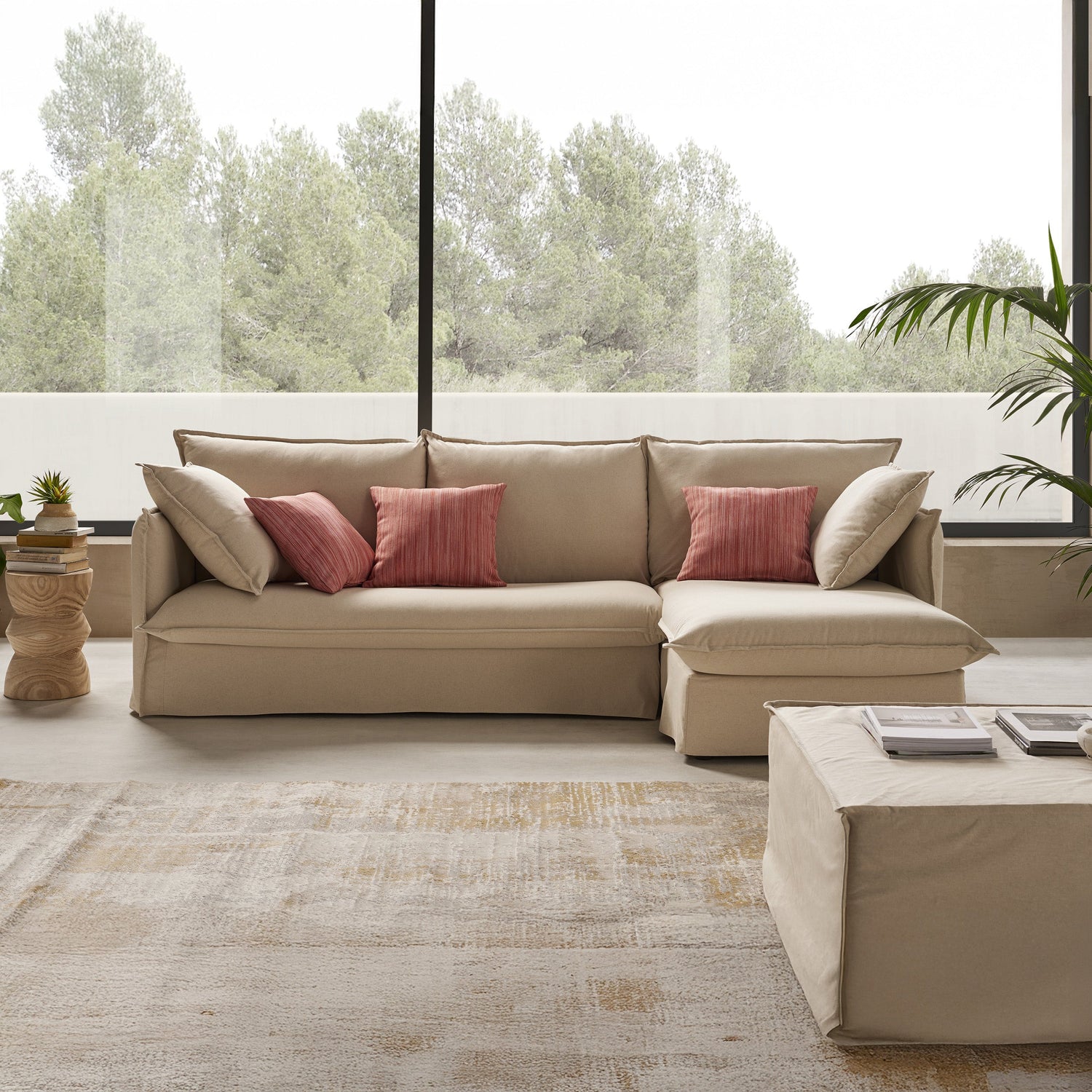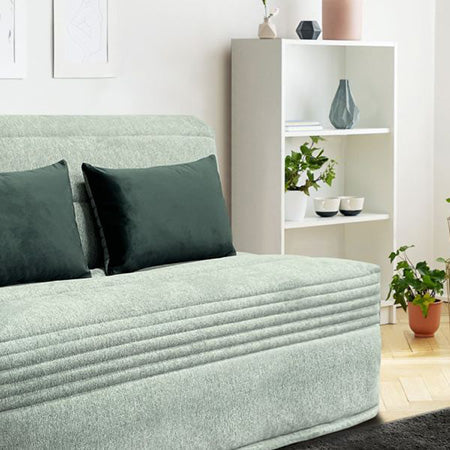The mattress protector, often relegated to second place behind the purchase of the mattress itself, is nevertheless an essential element of your bedding. It is the guardian of the hygiene and longevity of your mattress, directly contributing to the quality of your sleep. But faced with the multitude of options available, how can you navigate them and choose the ideal mattress protector?
This detailed guide will help you understand the key criteria for making the right choice, thus guaranteeing optimal protection, comfort and hygiene for your nights.
Define the type of protection: your specific needs
Before any purchase, identify the level of protection you really need.
The waterproof mattress protector: the absolute barrier
- Ideal for: families with young children (risk of nighttime accidents), the elderly, people prone to heavy perspiration, or for seasonal rentals (Airbnb, gîtes) where maximum protection is crucial.
- Function: it effectively blocks all liquids (water, urine, blood, etc.) thanks to a laminated membrane under the fabric.
- Please note: Make sure it is breathable to avoid the feeling of heat and "plastic" noises. Modern membranes are thin and quiet.

The breathable/absorbent mattress protector: daily hygiene
- Ideal for: those who primarily want protection against perspiration and light dirt, without feeling extra hot.
- Function: It absorbs body moisture and traps dead skin and dust, thus protecting the mattress from stains and the proliferation of dust mites. It is not waterproof against heavy liquids.
- Please note: less suitable for major liquid accidents.
Please note: Convertible Center mattress protectors are waterproof AND breathable.
Choosing the mattress protector material: comfort, absorption and softness
The composition of your mattress protector directly influences its comfort and absorption properties.
Cotton mattress protector
Cotton is the natural fiber par excellence.
- Benefits: Soft, highly absorbent, breathable, hypoallergenic, easy to care for (withstands high temperature washing). Ideal for everyday use.
Cotton mattress protectors are the most recommended and widely used. They offer excellent value for money.
Bamboo mattress protector (bamboo viscose)
- Benefits: Very soft (silky feel), ultra-absorbent (more than cotton), naturally antibacterial and hypoallergenic. Excellent thermal regulator.
- To take into account: more expensive.
Tencel (lyocell) mattress protector
- Benefits: Highly breathable, silky soft, durable, absorbs and wicks away moisture effectively. Naturally antibacterial.
- To take into account: more expensive.
Mattress protectors made of synthetic materials (polyester, polyurethane)
- Advantages: quite economical.
- To consider: less absorbent and less breathable if not well designed.
The shape and support of the mattress protector: adaptation to your mattress
A good mattress protector should fit your mattress perfectly to stay in place.
Fitted sheet-style mattress protector
This is the most common and practical form. It fits like a classic fitted sheet, with elasticated cuffs that hug the corners of the mattress. This is the most common and practical form of mattress protector.
Tray-shaped mattress protector
It only covers the top surface of the mattress and is held in place by elastic bands at the four corners. It provides less coverage at the sides and may tend to move if the elastic bands are not strong enough.
Specific treatments: for healthier nights
Some mattress protectors have additional treatments to improve hygiene.
- Anti-dust mite: essential for allergy sufferers. The treatment can be natural or chemical.
- Anti-bacterial / anti-fungal: for enhanced hygiene, prevents the development of bacteria and mold.
- Thermoregulator: helps maintain an ideal sleeping temperature by wicking away excess heat.
Mattress protector maintenance: ease and longevity
A mattress protector must be able to be washed frequently and easily to fulfill its hygiene function.
- Washing temperature: Choose a model that can be washed at a minimum of 60°C for effective disinfection (important for killing dust mites). Cotton models, such as those from Convertible Center, often withstand higher temperatures (90°C).
- Drying: Check if it can be machine dried and at what temperature.
- Removable cover: Make sure it is easy to remove and replace.
Conclusion: the mattress protector, an essential choice for a protected mattress
Choosing the right mattress protector is an investment in the cleanliness, hygiene, and durability of your mattress. By considering the type of protection you want, the material, shape, treatments, and maintenance methods, you'll make an informed choice that will guarantee years of healthy and comfortable nights. Don't underestimate it: it's one of the most important accessories for your bedding!
